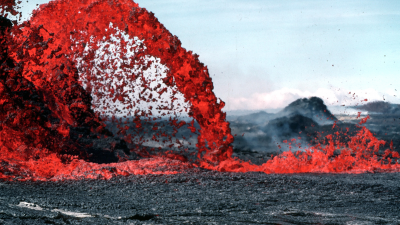The 6 most poisonous mushrooms in the world
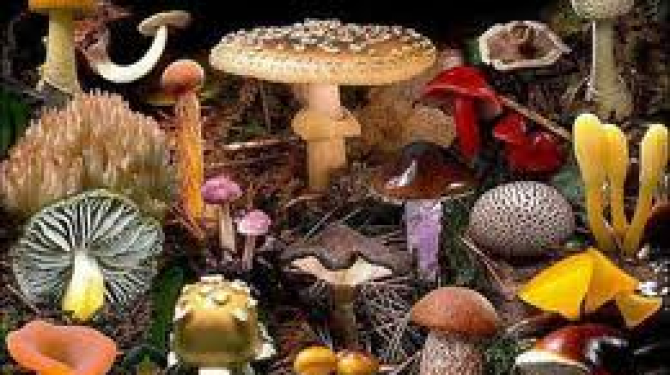
Source: listas.20minutos.es
List dedicated to Stevouchka for the duet he has done with Bolboreta: D Stevo you are a great friend. ----- The species of poisonous mushrooms are few, but it is important to know how to identify them to avoid poisonings that, sometimes, can cause death. The most common are 'Amanita phalloides', 'Amanita muscaria', 'Boletus satanas', 'Lactarius torminosus' or 'Russula emetica'. The most important thing is not to consume a mushroom that has not been previously identified and from which, therefore, its safety is unknown. In case of poisoning, as soon as the first symptoms appear, it is necessary to go immediately to a hospital, preferably with a copy of the ingested fungus or the rest that could have been recovered, to facilitate the diagnosis.
TOP 6:
Lactarius torminosus
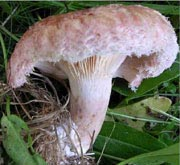
It is the false níscalo by the narrow resemblance kept by both species. It is common in mountain regions, especially in Cerdanya, Ripollès and Garrotxa. It occupies the lowest part of the danger scale since its toxicity is limited to causing small gastrointestinal disorders. Symptoms appear shortly after consumption (between 15 minutes and three hours). It grows from summer to autumn always near the birches.
TOP 5:
Cortinarius
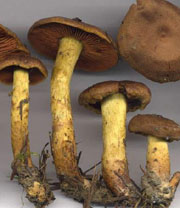
The 'Cortinarius orellanus', the 'Cortinarius speciosissimus' or the 'Cortinarius cinnamomeus' (in the image) are part of this genus. They are rare and grow in deciduous forest or pine forests and are difficult to mistake for edible species. Generally they are not edible mushrooms. Most are bad-tasting or indigestible. Some of these mushrooms are very toxic, especially the 'C. orellanus', frequently mortal. Its symptoms appear days after its consumption, even weeks. They cause tiredness, intense thirst and dry mouth, loss of appetite, headache and kidney and liver disorders.
TOP 4:
Russula emetica
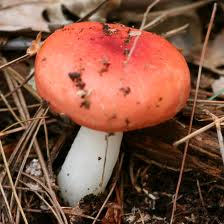
It is found in forests and humid and mossy areas. It is very widespread in our country and morphologically it is very varied. Within the family of the 'Russulas', there are other toxic mushrooms, apart from the emetica. They cause mild disorders at the gastroenteric level in a short period, from half an hour to two hours, after consumption. It is toxic only in large quantities and a single specimen, cooked with other species, is safe.
TOP 3:
Boletus satanas
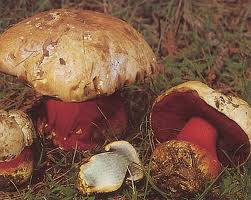
This large mushroom is less dangerous than its name suggests. The mushroom of Satan is not, as was formerly believed, lethal, but it does cause some toxicity. It usually grows in the clearings of the forests next to the roots of oaks, beeches and oaks. It is rare but usually grows in the same areas, mainly in the mid-height area of the mountains or in the higher parts of the lowland. Its poison is especially toxic when consumed raw, and indigestible once cooked. It produces gastrointestinal disorders with vomiting and diarrhea, which manifest shortly after consumption.
TOP 2:
Amanita muscaria
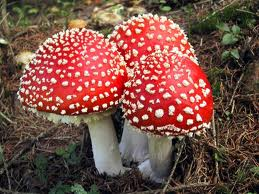
The fly swatter has the virtue of paralyzing the insects that come in contact with it, hence its nickname. It is a striking mushroom, in which, according to fantastic literature, the gnomes live, which can easily be confused with others, such as the pigeon. Like the phalloides, the 'Amanita muscaria' grows in very varied environments, at all levels and associated with the roots of trees, usually beech, black pine or birch. Appears in late summer and early fall throughout Spain. Its venom has a mainly neurotoxic effect with serious but not necessarily fatal consequences. In addition, it is toxic to the intestine and liver, and has hallucinogenic properties. The symptoms it causes are gastrointestinal (vomiting, cramping, etc.) and manifested about two hours after its intake.
TOP 1:
Amanita phalloides
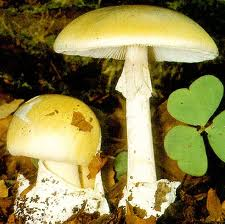
Green hemlock, as it is commonly known, is responsible for most cases of fungal poisoning in our country. Its poison is so powerful that it can cause death after the ingestion of a single specimen. The queen of the 'Amanitas' species grows throughout the mycological season (September to February), in all types of forests and throughout the entire peninsula, from the coast to the mountain. The venom of the 'Amanita phalloides' attacks the cells of the central nervous system, liver or muscles destroying them, and its effects appear between six and 12 hours after its ingestion. The most frequent symptoms are nausea and vomiting, bloody diarrhea, colic ... When they appear, some organs have already suffered significant damage, so it is essential to go to the hospital as soon as possible.


